Hopes for missing submariners fade as desperate rescue mission scrambles
The odds of survival for the passengers of a lost submarine are dwindling. And it’s a risk all submariners face when they slip beneath the waves.

ANALYSIS
The odds of survival for the passengers aboard a lost sightseeing submarine are vanishingly small. And it’s a risk every submariner faces each time they slip beneath the waves.
The one pilot and four passengers aboard the 6.5m submersible “Titan” began the descent on a 10-hour round trip to view the famous White Star liner Titanic wreck at about 5pm Sunday AEST.
The Titanic rests some 3.7km (12,000ft) beneath the surface.
It takes about two hours for the submersible to reach the bottom. Contact was reportedly lost one hour and 45 minutes into the dive.
The Titan’s operators aboard the MV Polar Prince did not declare an emergency until 10 hours later.
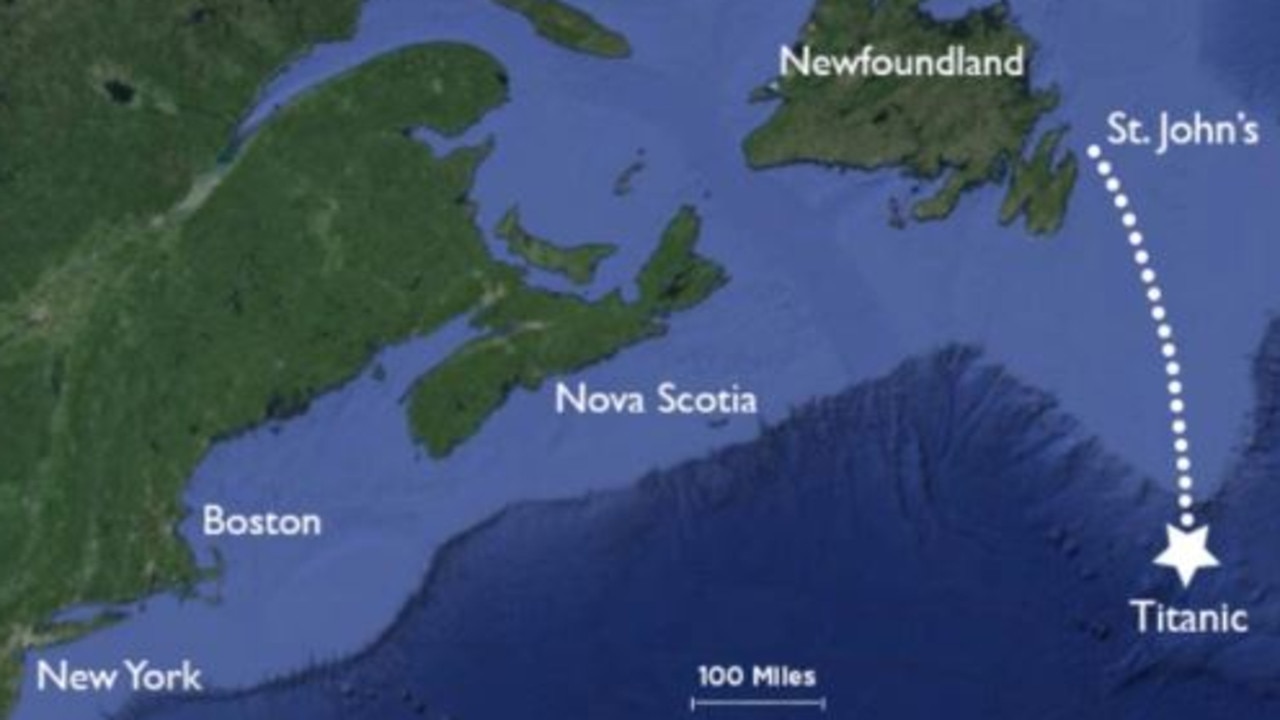
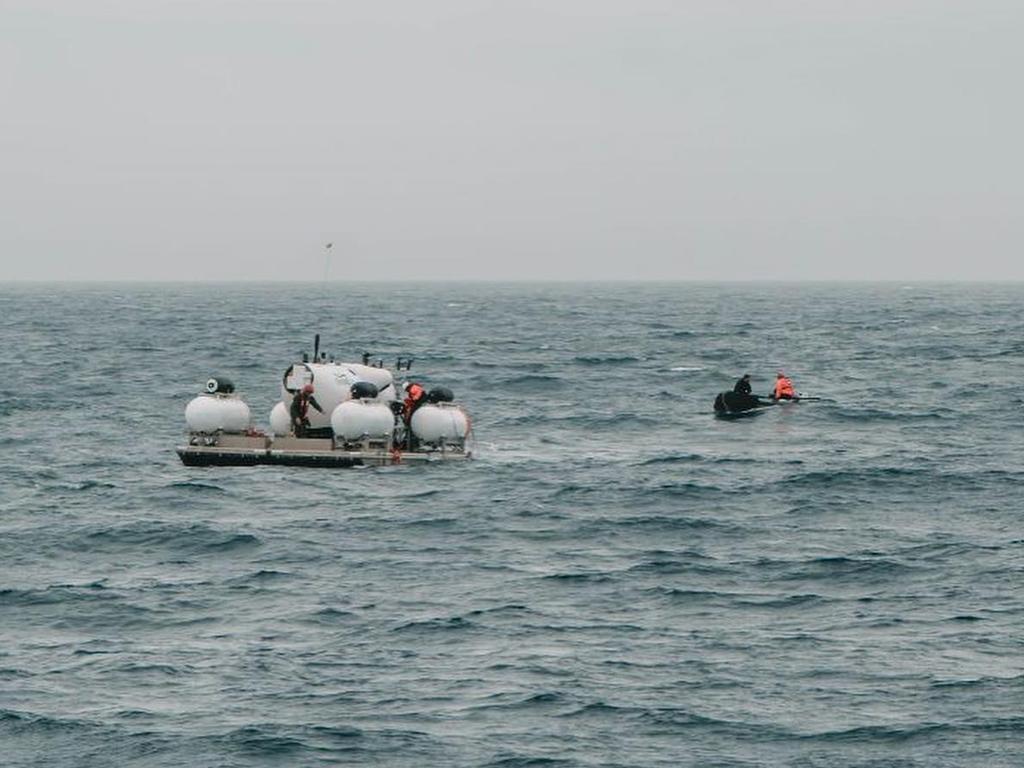
The submersible made its first dive to the Titanic in 2021. It’s little more than a mini-van-sized pressurised viewing platform, and is described as “experimental” by its operators – OceanGate Expeditions.
Built of titanium and carbon-fibre, it is believed to carry between 70 and 96 hours (four days) of emergency oxygen reserves. That gives rescuers a deadline of between Wednesday afternoon and – at the latest – 5pm Thursday.
But first, they must find a suitable rescue submarine.
Then, they must get it into position some 1666km off Cape Cod, Nova Scotia, in the Atlantic Ocean.
And in the meantime, they must devise a plan to access or recover the stricken craft.
But rescue hopes stall at step one.
The Titan is the only passenger-capable submarine in the world known to be able to reach the Titanic wreck. So survival rests on the ability to raise the craft to a reachable depth.
In the meantime, any survivors would have to contend with temperatures of about 2C.
Rescue subs
Finding a rescue submersible that can reach the Titan isn’t an easy task.
The US Navy’s Undersea Rescue Command keeps a remote-operated vehicle (ROV) on permanent 24-7 standby. It can be deployed anywhere in the world.
It can only withstand water pressures of up to 600m (2000ft) deep.
The Royal Australian Navy (RAN) also operates a submarine escape and rescue system. The 21.5-tonne LR5 rescue vehicle can be flown to nearby ports to be tethered to a suitable mothership. It’s capable of evacuating 16 submariners.
It can only sustain depths of up to 500m.
If a rescue submersible can locate the Titan, it must find a way to dock.
But the 6.5m long, 2m wide craft is not designed for underwater access.
Crew and passengers board the submersible while it sits on a removable platform alongside the mothership. There is no airlock to allow anyone to enter or leave while underwater while preserving the cabin’s integrity.
So rescue attempts will likely have to focus on finding a nearby ship with a suitable crane and an ROV capable of guiding and attaching a line to the stricken submersible.
But that only works if the Titan can be found.
Not knowing then what it was, I took these photos of The Titan submersible being towed by the Polar Prince, out of St. John's between The Narrows, and out to sea. It would eventually attempt to make its way to the wreckage of the Titanic. pic.twitter.com/8mFPc7KGws
— kenny sharpe (@kscSharpe) June 19, 2023
Search
US and Canadian Coast Guard vessels are en route. A Canadian Aurora (a variant of the P-3 Orion recently retired from Australian service) is already over the site, deploying sonar buoys.
These can emit pulses of sound that bounce off – or echo-locate – underwater objects. Others contain sensitive microphones capable of sifting mechanical noise from the oceanic background.
Finding the submersible would be a challenging task under the best of conditions. But, here, a powerless craft sitting on the bottom would be almost indistinguishable from the many fragments of the Titanic strewn across the ocean floor.
Once again, the survival of the Titan’s passengers and crew would be boosted if the craft was drifting at a shallower depth. This would allow sonar systems to generate a more reliable “fix”.
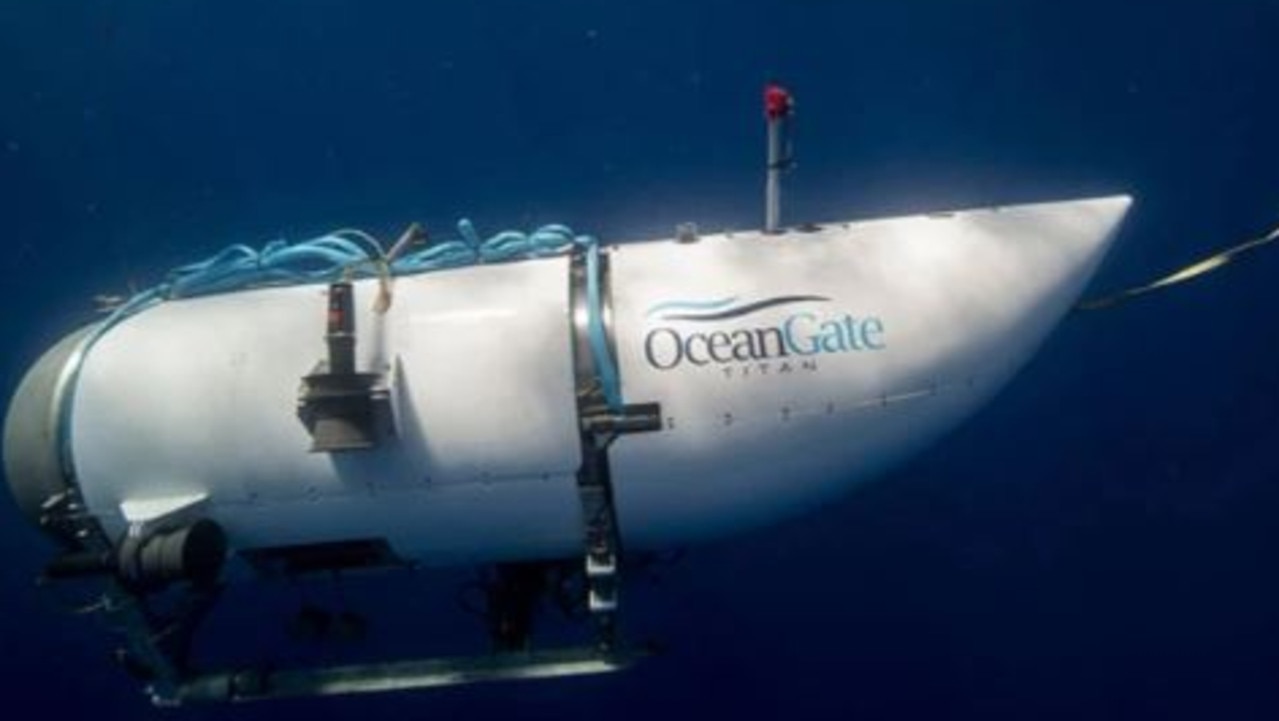
Everything depends on the nature of the emergency aboard Titan.
Contact could have been lost due to electrical issues.
It could also have been caused by catastrophic pressure-hull failure.
“For the crew to escape or be rescued from a submerged submarine, the vessel must be lying intact on the seabed with survivors in at least one watertight compartment,” Denis Mole wrote for the Australian Strategic Policy Institute (ASPI) after an Indonesian submarine was lost with all hands in 2021.
“While accidents such as fires, floods and power failures do occasionally occur in submarines, an accident rendering a submarine incapable of surfacing is extremely rare. If a submarine sinks irretrievably, it’s even rarer that there are survivors to escape or rescue.
“More than 90 per cent of the seabed is deeper than the crush depth of combat submarines, as was the case with the Nanggala.”
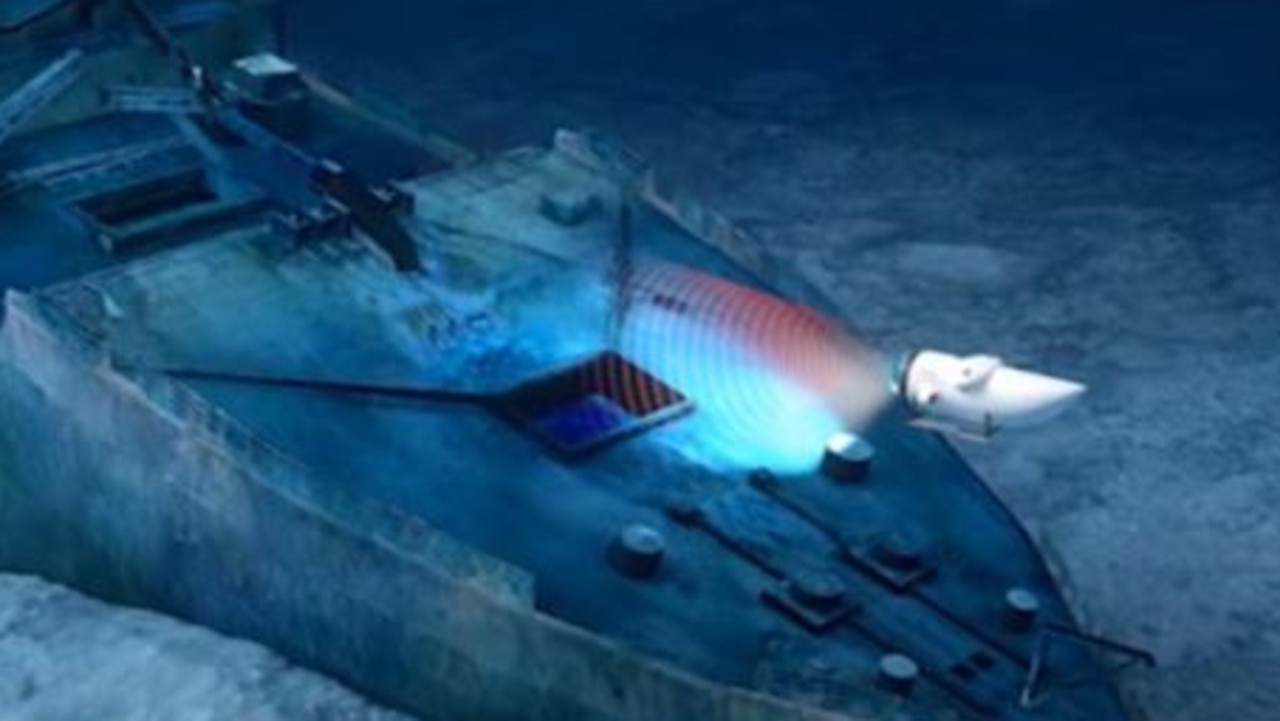
Race against time
There have only ever been four successful submarine rescues.
One of the first was when 48 of 80 crew were saved from the Royal Navy submarine HMS K13 in 1917. It sank while carrying dignitaries on a demonstration tour.
Divers found the submarine in shallow water and attached an air hose 10 hours into their ordeal. This was used to fill the submarine’s buoyancy tanks, enabling it to surface.
The deepest-ever submarine rescue came in 1973.
The Canadian submersible Pisces II, with two crew aboard, became trapped while on a cable-laying mission at 487.68m off the coast of Ireland.
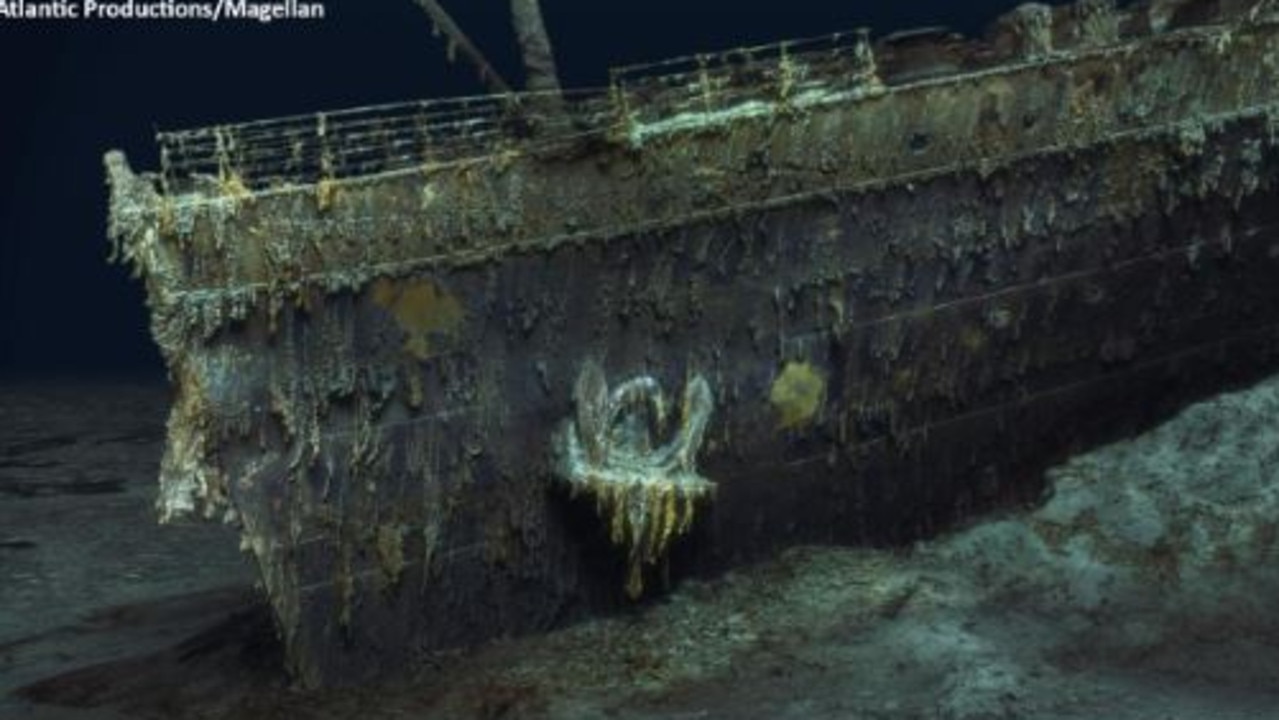
Rescuers eventually managed to attach a grappling hook. After 84 hours stuck on the bottom, the pair were pulled to the surface with just 12 minutes of oxygen remaining.
But, in 2000, the Russian nuclear-powered attack submarine K-141 Kursk demonstrated how even modern technology still struggles to save lives after an underwater disaster.
The accidental detonation of a torpedo in its bow sent the submarine and its 118 crew to the bottom. It took a week of intense international efforts to reach survivors.
But they were found to have died of asphyxiation just eight hours after the explosion.
The International Submarine Escape and Rescue Liaison Office (ISMERLO) was established shortly after this tragedy. This multinational organisation coordinates expert teams and equipment to speed up rescue response times.


This proved successful in August 2005 when a Russian midget submarine became entangled in sub-sea cables in Russia’s far east. Trapped at 190m, the crew survived three days before a British rescue submarine arrived and cut the Russian vessel free.
Its role in the current rescue attempt is yet to be announced.
Jamie Seidel is a freelance writer | @JamieSeidel
Originally published as Hopes for missing submariners fade as desperate rescue mission scrambles





